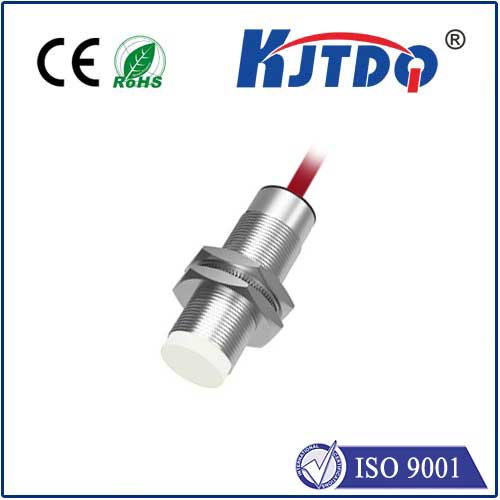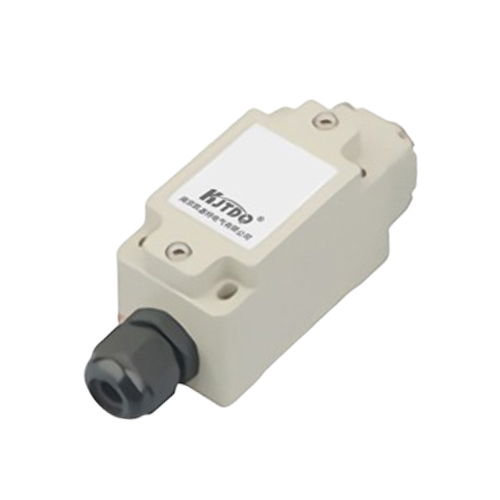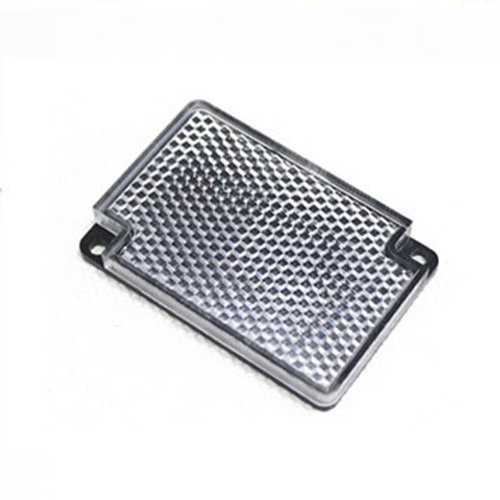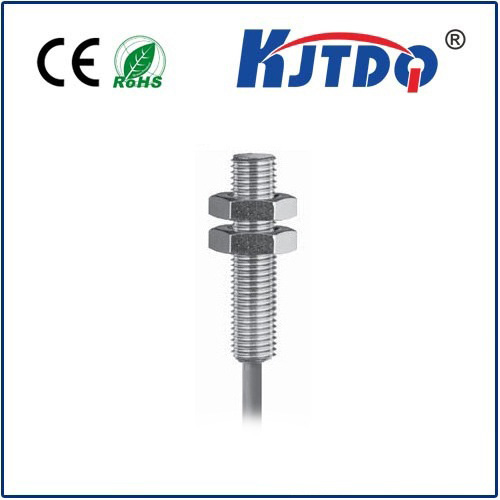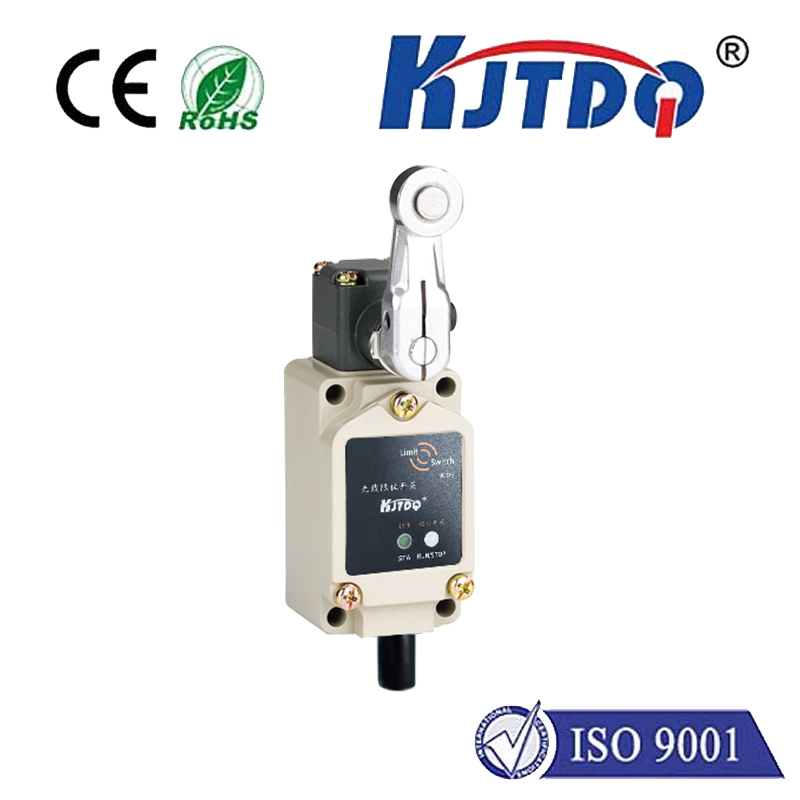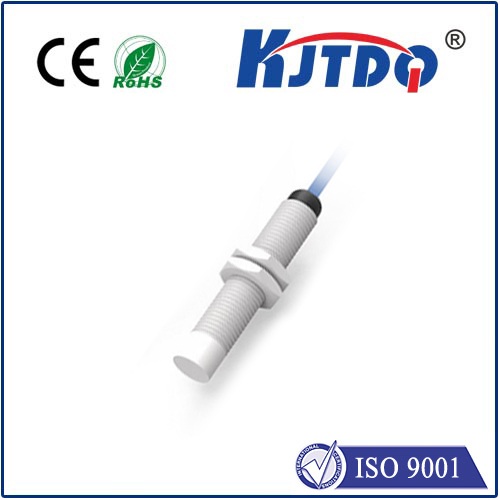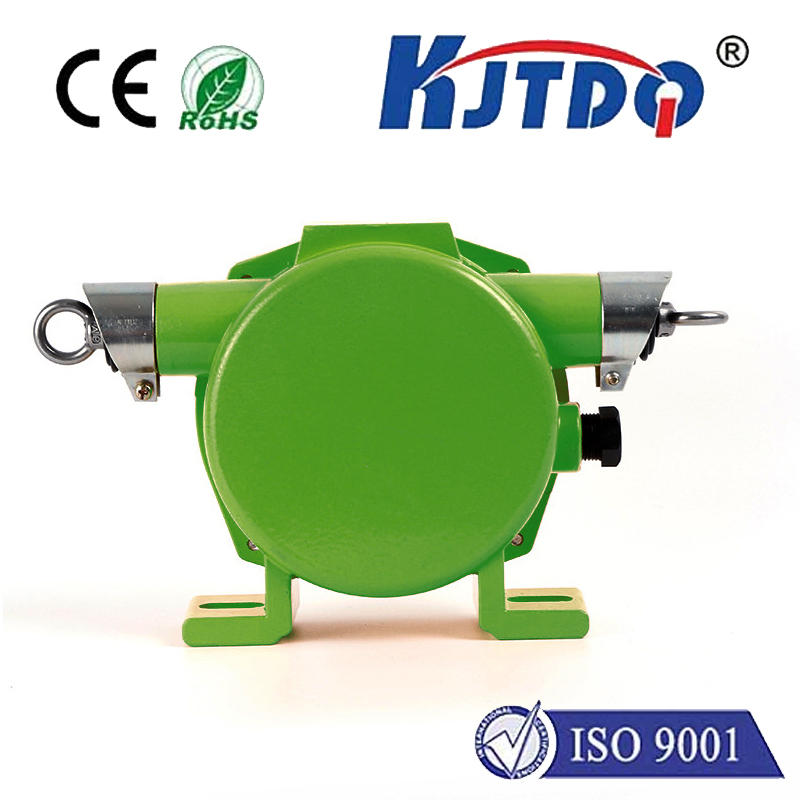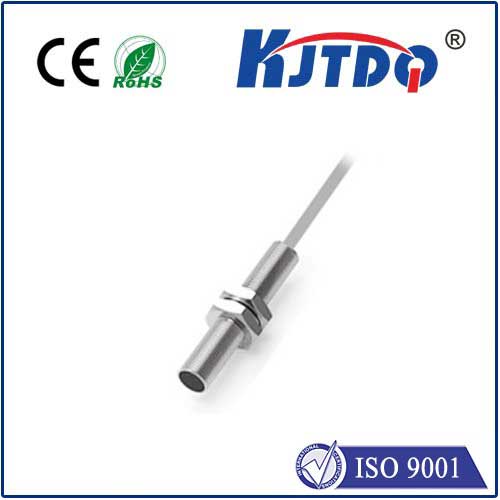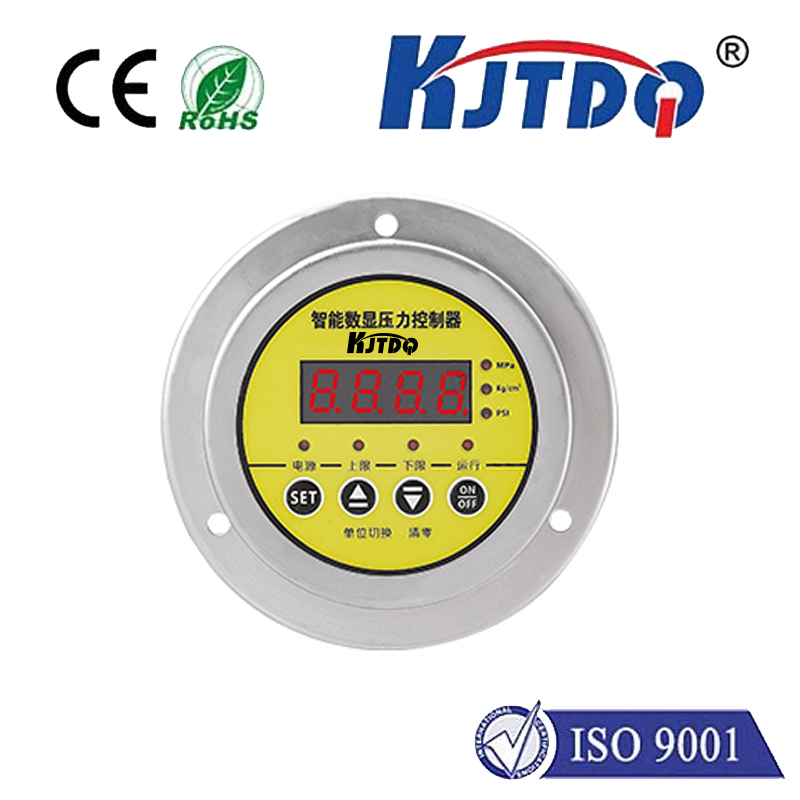Super Sonic Sensor: Revolutionizing Modern Technology In a world driven by innovation, the term “Super Sonic Sensor” might sound like something straight out of a sci-fi movie. However, this cutting-edge technology is very much a reality and is transforming industries across the globe. From healthcare to automotive engineering, super sonic sensors are paving the way for smarter, faster, and more efficient solutions. But what exactly is a super sonic sensor, and why is it making waves in the tech world? Let’s dive in.
At its core, a УЗИ ультразвуковой датчик is a device that uses ultrasonic waves to detect objects, measure distances, or analyze environments. Unlike traditional sensors, which rely on visual or infrared signals, super sonic sensors operate at frequencies beyond the range of human hearing—typically above 20 kHz. This allows them to perform tasks with exceptional precision and minimal interference from external factors like light or dust. The technology behind super sonic sensors is rooted in the principle of echolocation. Similar to how bats navigate in the dark, these sensors emit ultrasonic pulses and measure the time it takes for the echoes to return. By analyzing this data, they can determine the location, size, and even the texture of objects in their vicinity.
The versatility of super sonic sensors has made them indispensable in a wide range of industries. Here are some of the most prominent applications:
One of the most well-known uses of super sonic sensors is in autonomous vehicles. These sensors play a critical role in advanced driver-assistance systems (ADAS) by detecting obstacles, monitoring blind spots, and enabling features like adaptive cruise control and automatic parking. Their ability to function in various weather conditions makes them a reliable choice for enhancing road safety.
In the medical field, super sonic sensors are revolutionizing diagnostics and treatment. Ultrasound imaging, for instance, relies on this technology to create detailed images of internal organs, tissues, and even unborn babies. Additionally, super sonic sensors are used in minimally invasive surgeries to guide instruments with pinpoint accuracy.

Manufacturing and logistics sectors are also benefiting from super sonic sensors. These devices are used for object detection, level measurement, and quality control in production lines. Their ability to operate in harsh environments, such as those with high temperatures or corrosive materials, makes them ideal for industrial applications.
Robots equipped with super sonic sensors can navigate complex environments with ease. Whether it’s a warehouse robot sorting packages or a domestic vacuum cleaner avoiding obstacles, this technology ensures efficient and autonomous operation.
Super sonic sensors are also being used to monitor environmental parameters such as water levels, air quality, and even wildlife activity. Their non-invasive nature and high accuracy make them a valuable tool for conservation efforts and disaster prevention.
The growing popularity of super sonic sensors can be attributed to their numerous advantages:
High Accuracy: These sensors can detect objects with millimeter-level precision, making them ideal for applications that require meticulous measurements.
Многогранный.: Super sonic sensors can be used in a wide range of environments, from sterile medical facilities to rugged industrial sites.
Долговечность: Unlike optical sensors, they are not affected by dust, fog, or other visual obstructions.
Эффективность затрат: As the technology matures, the cost of super sonic sensors continues to decrease, making them accessible to more industries.
Despite their many benefits, super sonic sensors are not without challenges. One of the main limitations is their range, as they tend to lose accuracy over long distances. Additionally, they can be affected by temperature variations, which may require calibration in certain applications. However, ongoing research and development are addressing these issues. For instance, advancements in signal processing algorithms and material science are improving the range and reliability of super sonic sensors. Moreover, the integration of artificial intelligence is enabling these devices to interpret data more effectively, opening up new possibilities for their use.
As technology continues to evolve, the potential of super sonic sensors is virtually limitless. From enhancing everyday gadgets to solving complex industrial problems, these devices are proving to be a game-changer. Whether you’re an engineer, a healthcare professional, or simply a tech enthusiast, it’s clear that super sonic sensors are here to stay—and they’re only getting better. So, the next time you hear the term “super sonic sensor,” remember: it’s not just a buzzword. It’s a revolutionary technology that’s shaping the future of innovation.
